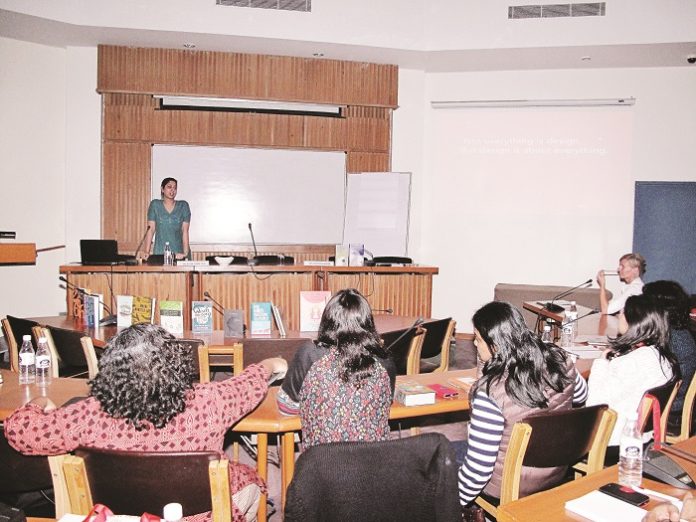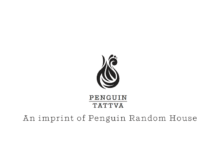
German Book Office (GBO) conducted its second edition of the Publishers Training Programme for Young Professionals in publishing at the India International Centre, New Delhi, on 4 and 5 December 2015. The aim of the programme was to help young publishing professionals stay abreast of the changes and acquire an edge over others in this age of digital publishing and transmedia content. This programme was also for those individuals who wish to further career development, update their area expertise and gain hands-on training in publishing. The speakers at the two-day training programme were Arpita Das, editor at Yoda Press; Karthika VK, publisher and chief editor at HarperCollins Publishers India; Priya Kapoor, chief editor at Roli Books; Stefanie Schelleis, head of production at Carl Hanser Verlag; Sunandini Banerjee, senior editor and senior graphic designer at Seagull Books; Dahlia Sen Oberoi, partner, Sen-Oberoi, Attorneys-at-Law; and Anurima Roy, senior manager marketing and head of publicity at Bloomsbury India.
Skill development
Prashasthi Rastogi, director of GBO, New Delhi, says, “There’s a gap in terms of skill development and on-the-job training for early and mid-career professionals in the field of publishing. There is no space for them to come together, ideate, re-energize and get inspired by people who have made a mark in the industry or just by peer-learning. So we devised this two-day capsule format because if you are a working professional it is difficult to take out time from work. We also kept its focus by making it target-group and subject-oriented. This year the theme is around editorial and content.”
The topics comprised From Idea to Ink – Commissioning & Pitching in Genre Specific World; Building from the Spine Upwards – Book Design Workshop; Trading Rights and Negotiating Copyrights; and Scoring on some Viral Charm – Publicizing your Book Effectively covering digital publishing, multi-platform strategy and rights management for cross media. The participants learnt the nuances of conducting business from international experts and other reputed practitioners from India. The training sessions addressed the shortage of cutting-edge, industry focussed training programmes and the time and budget constraints of young professionals – encouraging collaboration across the publishing industry.
Is book design vital only for established authors?
When asked about what can be achieved from this training programme, Sunandini Banerjee, senior editor and senior graphic designer at Seagull Books, Kolkata, says, “There’s a perception in India that only coffee table books and art books need to be well designed while other text-heavy books can be templatized. I don’t think that’s a good long-term practice though people are now becoming aware of the importance of good presentation apart from strong content value.”
“Good design matters more when you’re trying to present a new author. For the established authors, it doesn’t matter in the sense that you already know them. Everyone knows Amitav Ghosh and Salman Rushdie, so even if you do not like the cover of their books you will still go out and buy the book. But in case of a new author, it might tip the balance in the author’s favour if the book looks better on the whole rather than having great content but terrible design.”
Books are now competing with games, television, and everything else that is technology-driven. The design and the visual appeal of these forms are so advanced that there’s no reason why books in the physical world cannot compete with them. “I am hoping to present the idea that we should think about these things. It is not always expensive nor does it always have to involve 4-color printing or expensive paper. Even working with text you can make it easily readable and understandable because a book has to be used in the final phase,” adds Banerjee.

















